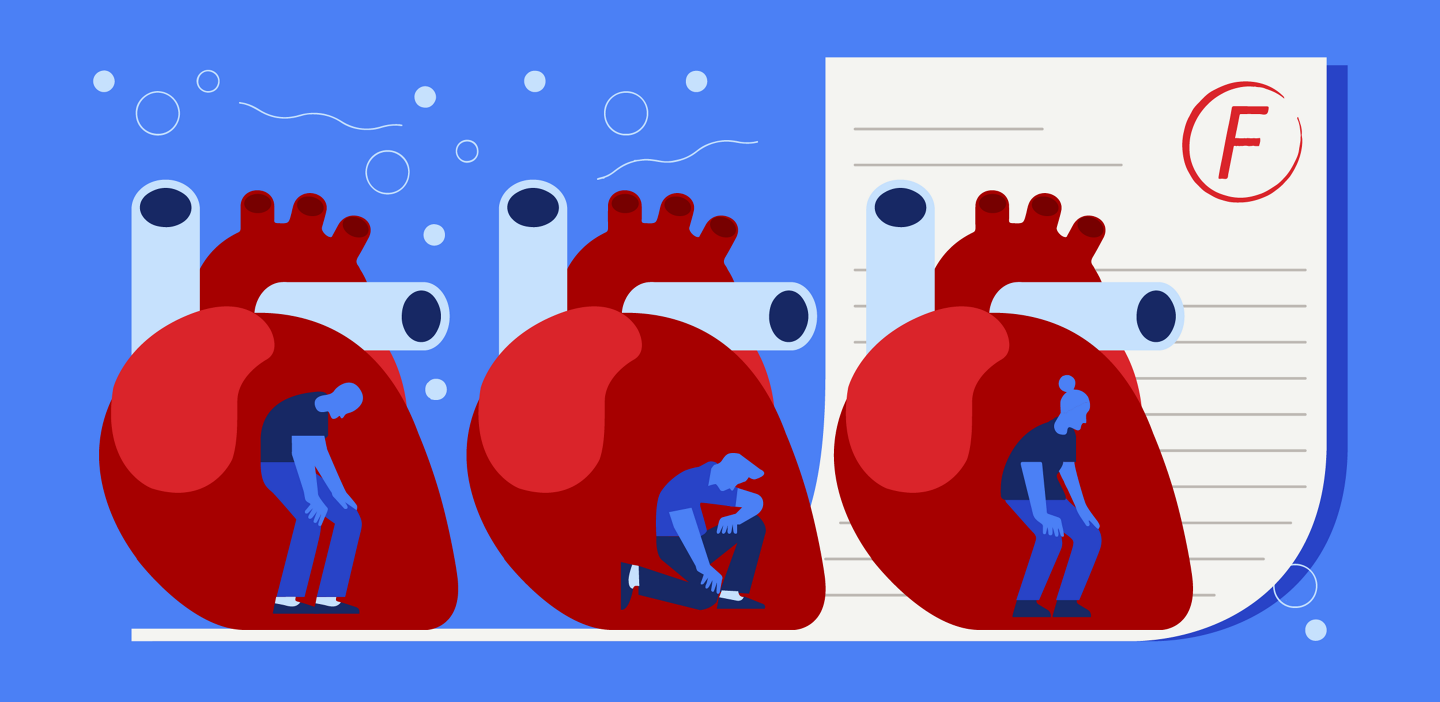- Individuals at risk of heart failure include people with diabetes,2 which affects 537 million adults worldwide.3
- Heart Failure is a global pandemic affecting 64.34 million patients worldwide and is increasing in prevalence1
The outlook for such patients is poor, with survival rates worse than those for bowel, breast or prostate cancer. Furthermore, heart failure places great stresses on patients, caregivers and healthcare systems. Despite the treatments available, hospitalisation and mortality rates remain high.4


